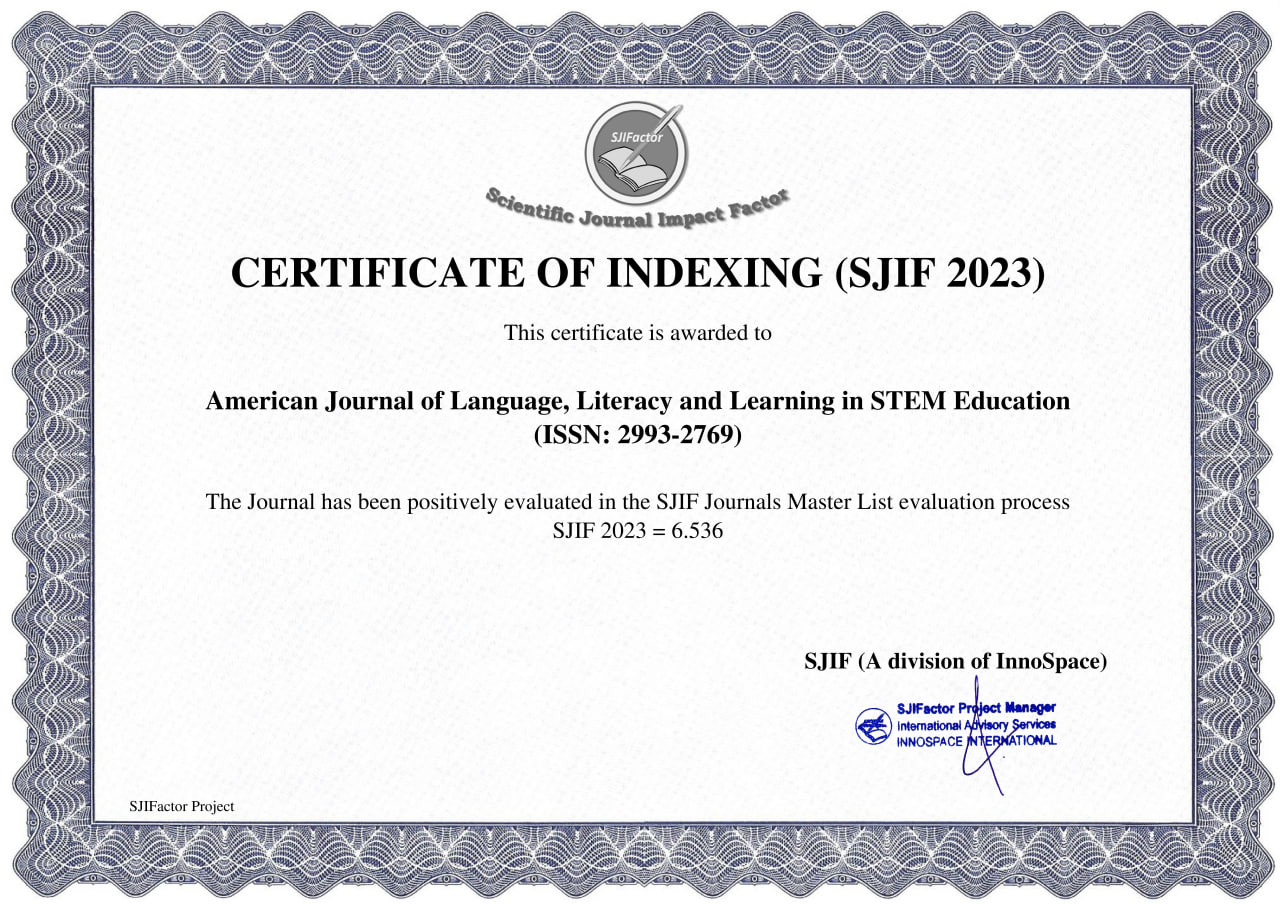The Development of English Language Skills through Shadowing Exercises
Keywords:
English languageAbstract
As the communicative approach to English language teaching gains popularity, many universities and high schools have begun incorporating shadowing into their language programs. Although shadowing is traditionally used in interpreter training, Torikai (1997) highlights its numerous benefits for English language learners. This paper examines the role of shadowing in language acquisition by analyzing an English class in which students practiced shadowing over a period of three months. Following the practice, students completed a questionnaire, and the results showed that over 80% of the students felt their English skills had improved through the exercise and viewed it as an effective tool. Additionally, it helped enhance their motivation and led to more active participation in class. With the growing emphasis on communicative methods in English language teaching, numerous universities and high schools have begun incorporating shadowing into their language curricula. Originally a core technique in interpreter training, shadowing also offers several benefits for English language learners. This article delves into how shadowing can enhance language acquisition, specifically by analyzing an English class in which students engage in this practice.



